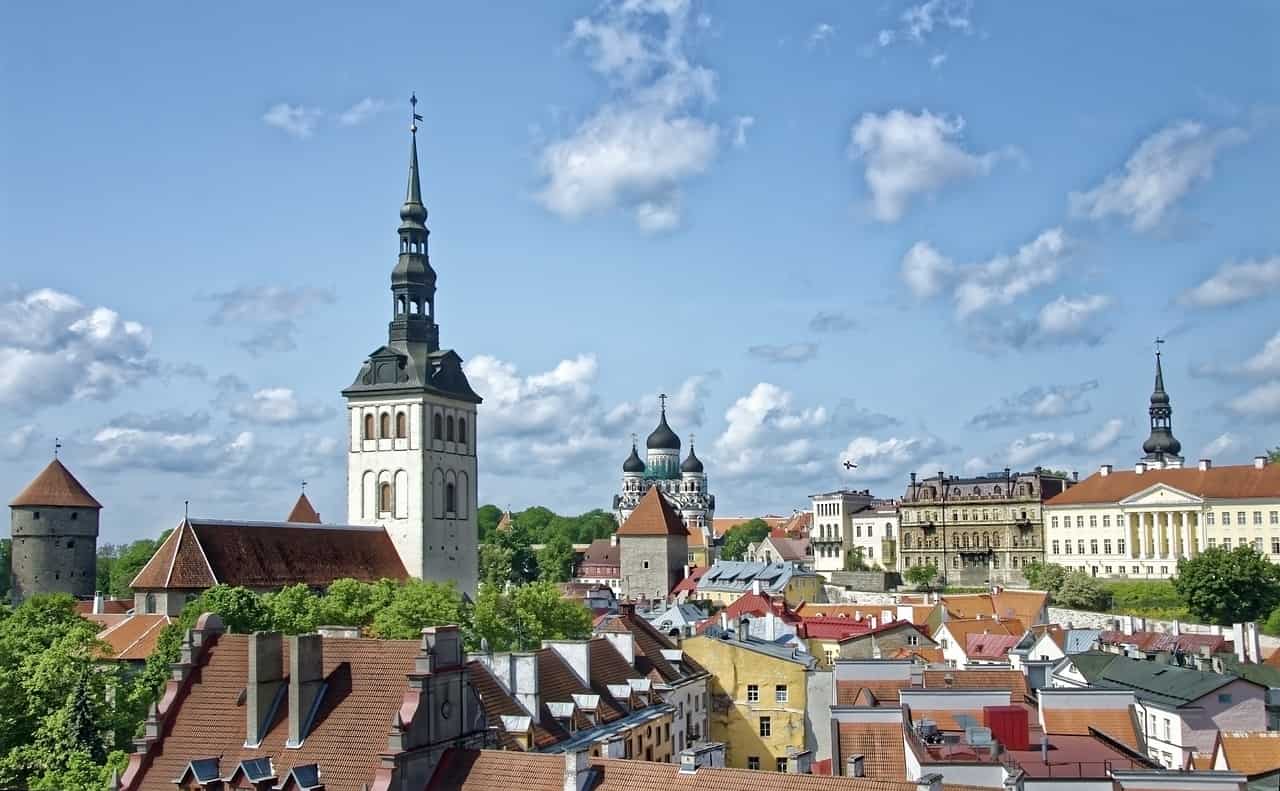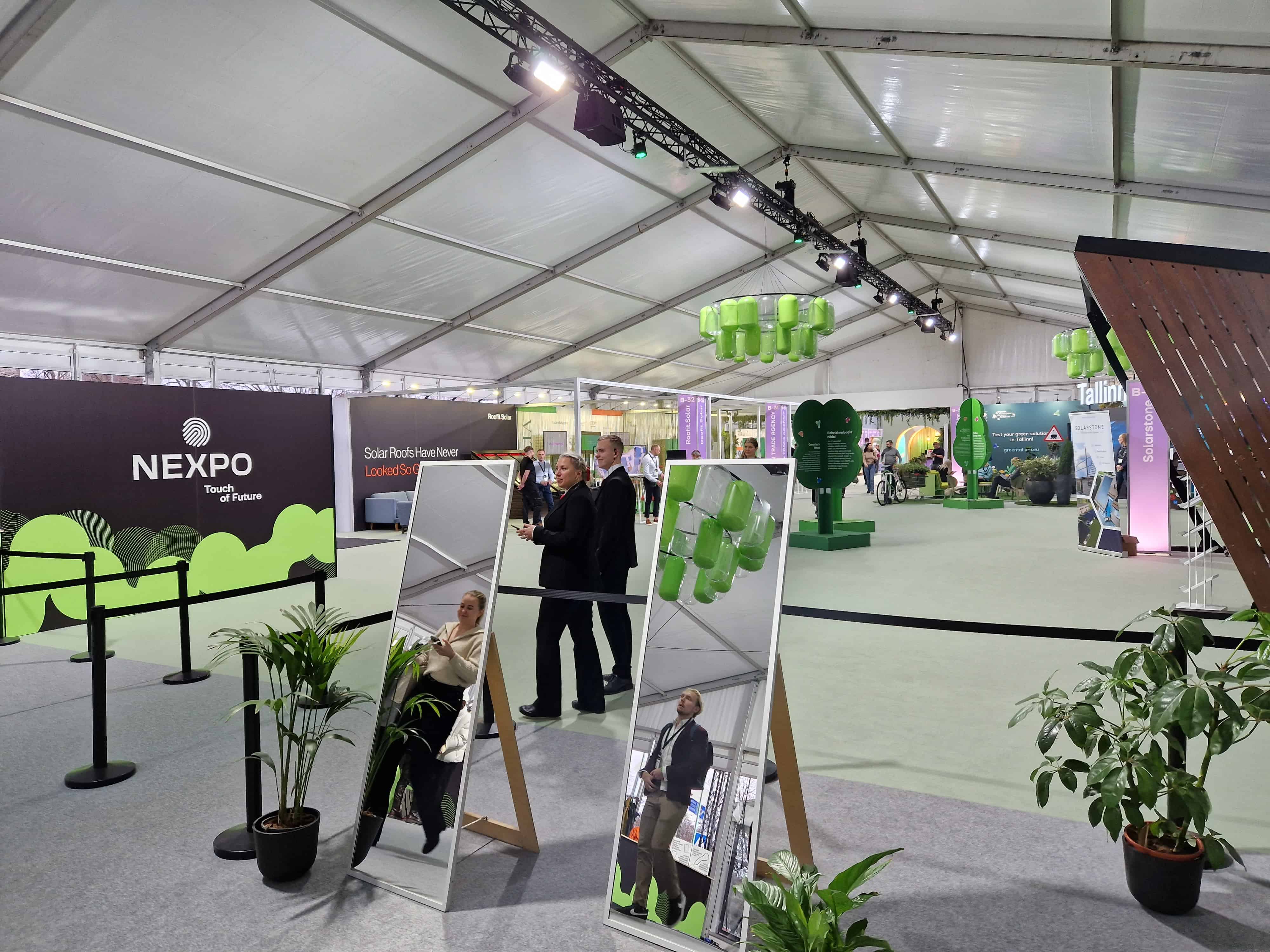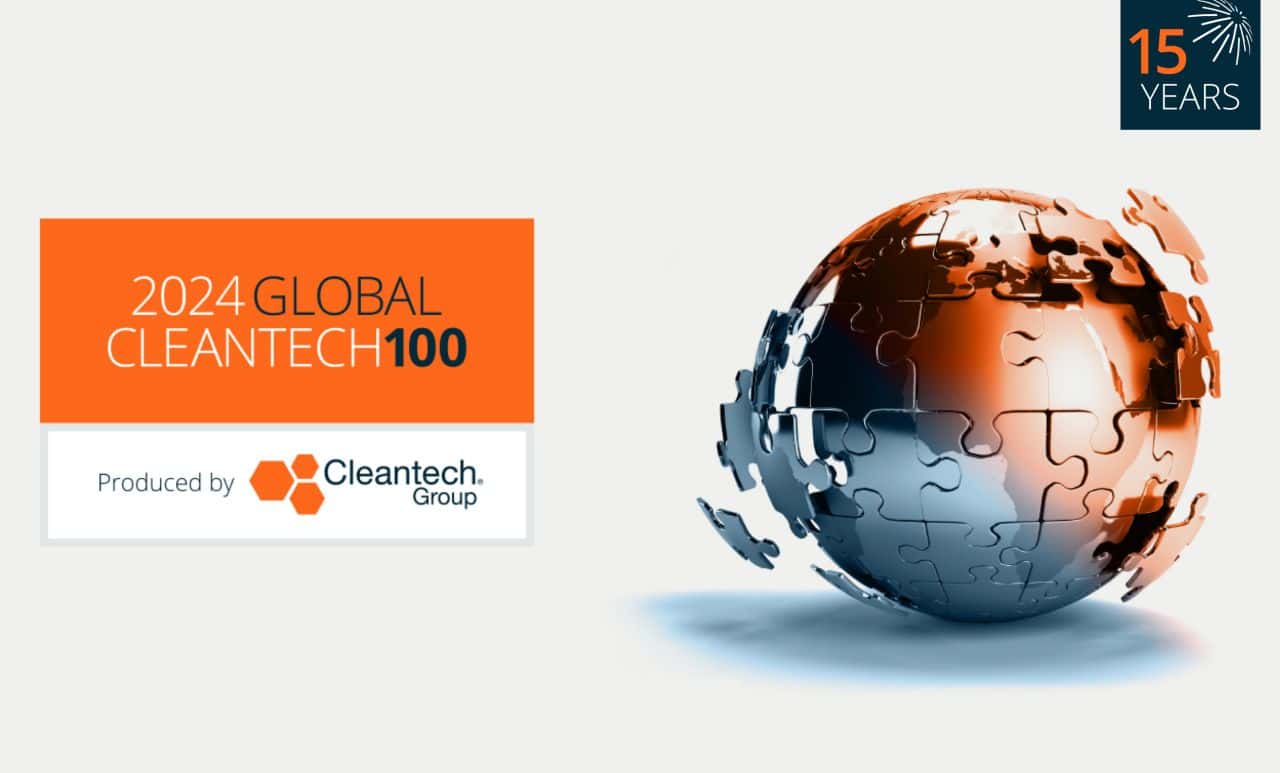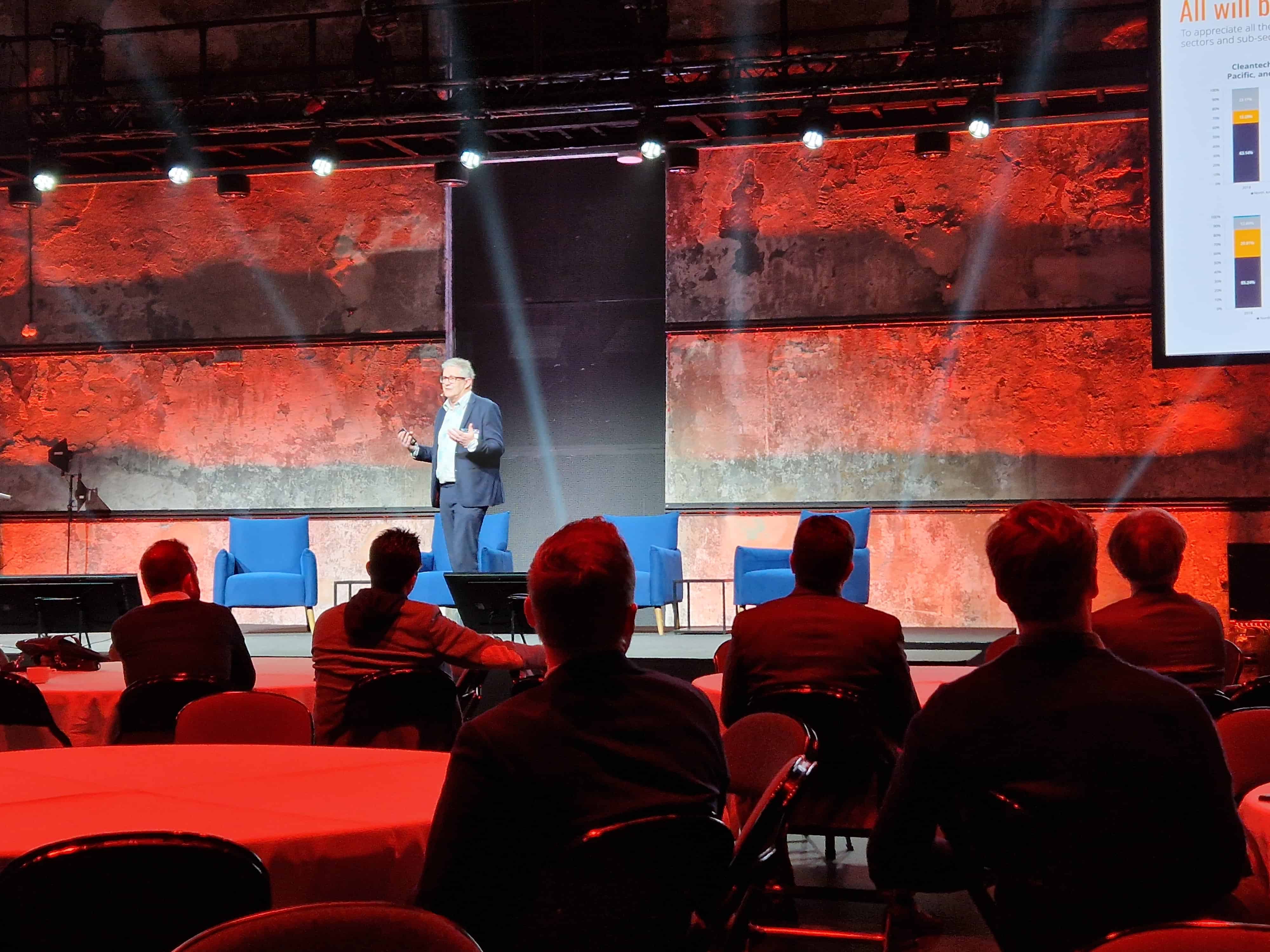
Advanced electrolyzers for hydrogen production, up-to-date geothermal systems, and AI-powered soil measures are a few examples of the many technologies that fall under the umbrella of cleantech. With climate change knocking at the door and as we approach emission reduction targets, more of these technologies are needed. To do so, investments with higher orders of magnitude are essential, and it became clear at the 2023 edition of the Cleantech Forum Europe.
- The 2023 edition of the Cleantech Forum Europe was held in Tallinn, Estonia.
- Cleantech remains one of the strongest sectors despite the decline in venture capital investments.
- Although many early-stage investment opportunities exist, Europe lags in scaling up companies.
The Cleantech Group is a research company focusing on offering its clients insight into the cleantech sector. In addition to research and consulting, the company is delivering its expertise through events such as the Cleantech Forum, where companies and investors can participate in focus sessions on the different technologies being developed in the cleantech sphere.
The US company is present in Europe and Asia, too, and organized the 2023 edition of the Cleantech Forum Europe in Tallinn, Estonia, as one of the events part of the Greentech week organized by the local government as 2023’s European Green Capital. The Kultuurikatel (Culture Hub), a former power station of the city now a space for cultural events, hosted the three-day event, full of presentations, panels, and networking opportunities for its participants.
Climate and funding stuckness
It was Richard Youngman, CEO of the Cleantech Group, who did the honors and set the stage, kicking off the event with an overview of the current trends in the ecosystem. Investment trends were, in particular, the starting point for its talk. With 2021 and 2022 being an anomaly in cleantech financing, figures are going down again in the current year and will continue doing so in the next one.
“Cleantech is far more resilient than other branches of venture capital investment,” said Youngman. In underlining that “there never was a bubble for cleantech,” the CEO underscored the number and the quality of companies operating in this sector in 2023 compared to a couple of decades ago, also helped by higher governmental activity.
Quoting the Financial Times, Youngman called the current time conjuncture a “climate stuckness” amid an emissions rise and a changed geopolitical situation. With energy and power being the front-runner sub-sector of cleantech, particularly in Europe, the real challenge is to scale up and bring to the market the greener solutions cleantech startups are working on. A model to replicate could be the one of NorthVolt, the Swedish lithium-ion battery-making company, which expanded through a combination of equity, grant, and debt financing.
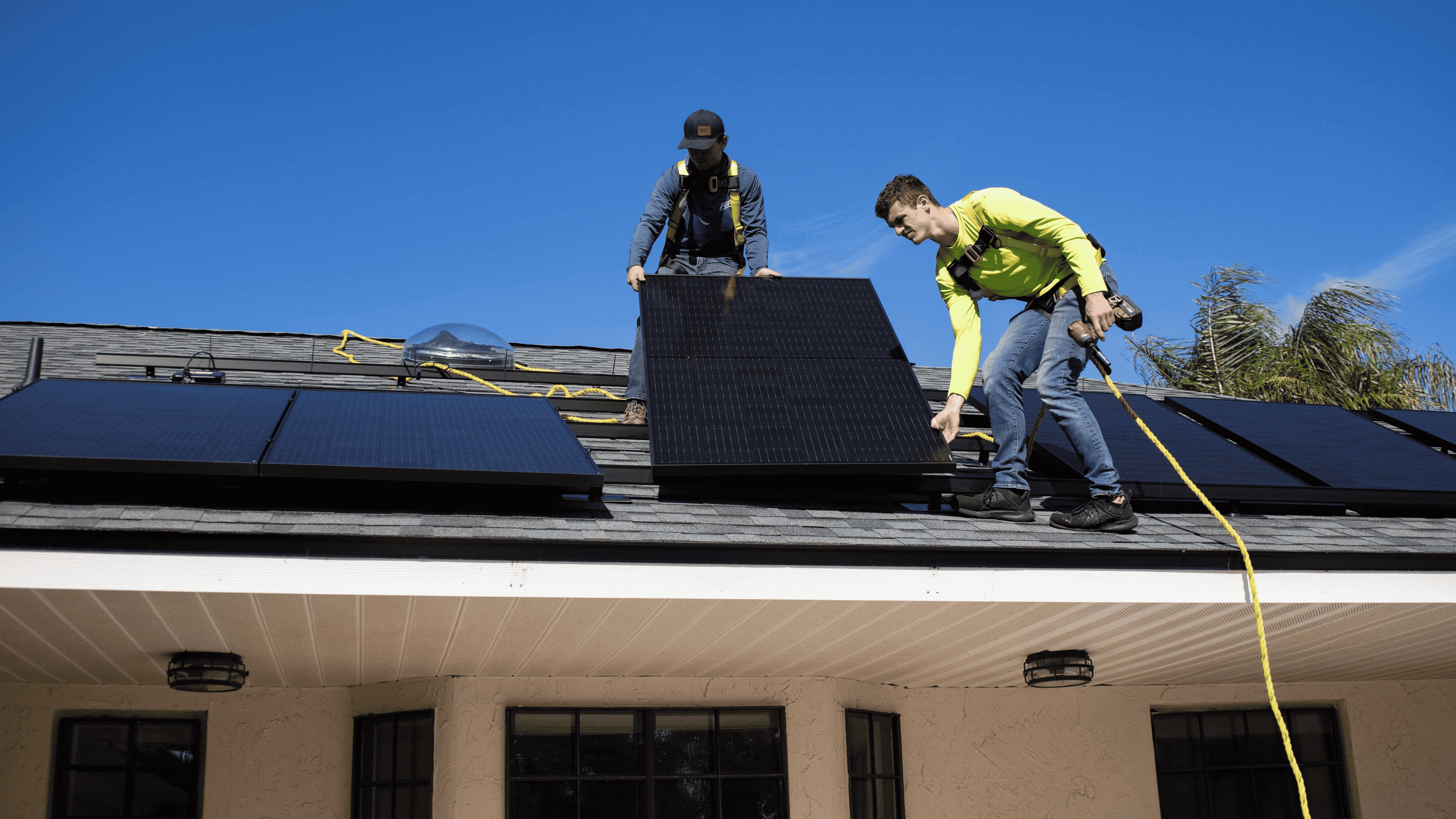
Europe can’t scale up companies
The main problem in Europe is the scarcity of funds supporting the scaleup of companies. While plenty of seed-stage funding opportunities exist, there’s a lack of mid-stage funding, a problem far more acute in Europe,” said Craig Douglas, founding partner at World Fund, a climate tech venture capital fund. Currently, roughly one trillion US dollars is invested in global climate funding. Necessary funding is actually much more and is expected to exceed the seven trillion mark by the end of the decade.
Douglas was one of the panelists who joined Youngman on the stage to discuss how public finance can help mobilize more resources for cleantech funding. Adelaide Cracco from the European Investment Fund and Irene Galvez-Verdu from the European Investment Bank also participated in the session.
With both Cracco and Galve-Verdu presenting their work and the efforts of the institutions they work for, the discussion focused on how public finance can leverage private capital. According to Cracco, as it happens in the US, a share of the insurance and pension funds should go into the market. It is no surprise that the major venture capital being invested in Europe comes from North American pension funds.
Nuclear fusion
Tech talks were also part of the packed agenda. One of the focus sessions was on nuclear fusion, deemed by many as one of the main sources of low-carbon energy of the future. In the fission process, used by nuclear reactors nowadays, a neutron slams a uranium atom, generating power; in the fusion process, two low-mass isotopes unite, releasing energy. Different ways of performing the fusion process exist.
General Fusion has been working on magnetized target fusion technology. One of the problems of fusion is that energy comes in fast neutrons, disintegrating the metal around the reacting machine after a while. The Canadian company uses liquid metal around the machine, preventing the machine from breaking down.
Differently, Gauss Fusion is using a high-field magnetic confinement fusion. Their reactor features a magnetic chamber to perform fusion and produce low-carbon power. The venture was started by companies with industrial fusion technology experience, and aims at speeding up fusion technology, bringing the first European fusion power plant online by 2045.

Companies to watch
Recently, the Cleantech Group released Cleantech 50 to Watch, its annual publication highlighting early-stage companies bringing state-of-the-art solutions. Some of them were on showcase at the Tallinn event. The paper underlines how deep cleantech solutions are entering commercialization amid challenging economic conditions.
One of them was PES Technologies, which developed a soil health measurement tool. The device only requires one soil sampling instead of conducting multiple tests to collect extensive soil information. Norwegian seaweed-based packaging company B’ZEOS was also on showcase, as well as electrolyzer manufacturer SunGreenH2.
These, and many more, are among the companies that the Cleantech group put in the spotlight, anticipating trends that could disrupt the market in the coming years. Helping them scale is very much needed.



